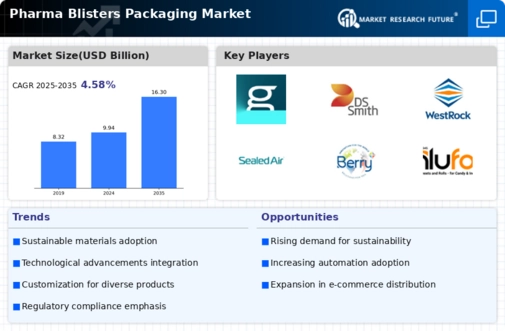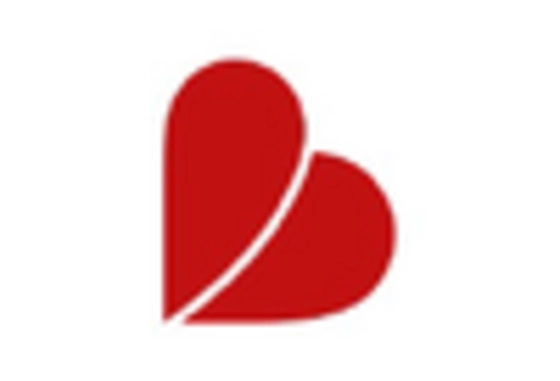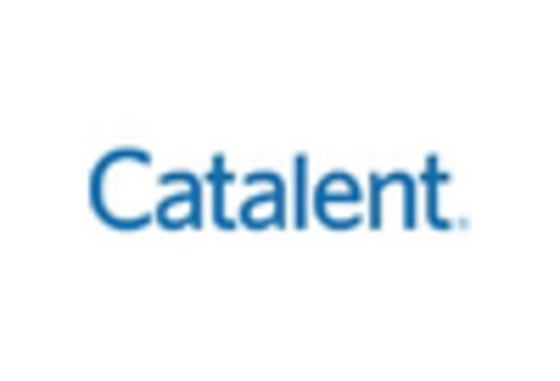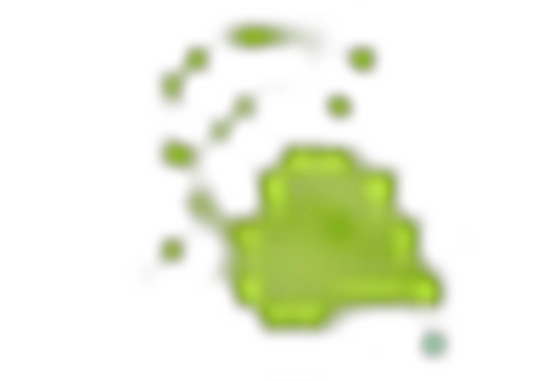Sustainability Trends in Packaging
Sustainability is becoming a pivotal concern within the Pharma Blisters Packaging Market, as stakeholders increasingly prioritize eco-friendly packaging solutions. The push for sustainable practices is prompting pharmaceutical companies to explore biodegradable and recyclable materials for blister packaging. This trend is not only driven by regulatory pressures but also by consumer demand for environmentally responsible products. As companies strive to reduce their carbon footprint, the adoption of sustainable blister packaging is likely to gain momentum. This shift could lead to innovative packaging designs that balance functionality with environmental considerations, thereby influencing the overall dynamics of the market.
Technological Innovations in Packaging
Technological advancements are reshaping the Pharma Blisters Packaging Market, leading to the development of smarter and more efficient packaging solutions. Innovations such as smart blisters equipped with sensors that monitor medication adherence are gaining traction. These technologies not only enhance patient engagement but also provide valuable data to healthcare providers. The integration of automation in the packaging process is also streamlining production, reducing costs, and improving efficiency. As pharmaceutical companies seek to differentiate their products in a competitive market, the adoption of advanced blister packaging technologies is likely to become a key driver of growth in the industry.
Rising Demand for Pharmaceutical Products
The increasing prevalence of chronic diseases and the aging population are driving the demand for pharmaceutical products. This trend is likely to bolster the Pharma Blisters Packaging Market, as blister packaging offers enhanced protection and dosage accuracy for medications. According to recent data, the pharmaceutical sector is projected to grow at a compound annual growth rate of approximately 5.5% over the next few years. This growth is expected to translate into a higher demand for efficient packaging solutions, including blisters, which can improve patient compliance and reduce medication errors. As the market expands, manufacturers are likely to invest in innovative blister packaging technologies to meet the evolving needs of the pharmaceutical industry.
Regulatory Compliance and Safety Standards
The Pharma Blisters Packaging Market is significantly influenced by stringent regulatory requirements aimed at ensuring the safety and efficacy of pharmaceutical products. Regulatory bodies are increasingly mandating packaging solutions that enhance product integrity and patient safety. Blister packaging, known for its tamper-evident features and ability to protect against environmental factors, aligns well with these regulations. As a result, pharmaceutical companies are compelled to adopt blister packaging to comply with safety standards, thereby driving market growth. The emphasis on child-resistant packaging and anti-counterfeiting measures further underscores the importance of robust packaging solutions in the industry.
Focus on Patient-Centric Packaging Solutions
The Pharma Blisters Packaging Market is witnessing a shift towards patient-centric packaging solutions that prioritize user experience. Blister packaging is increasingly being designed with features that enhance usability, such as easy-to-open designs and clear labeling. This focus on patient convenience is particularly relevant in the context of chronic disease management, where adherence to medication regimens is crucial. By improving the accessibility and usability of pharmaceutical products, blister packaging can potentially lead to better health outcomes. As healthcare providers and patients alike demand more intuitive packaging solutions, the market for pharma blisters is expected to expand.

















Leave a Comment